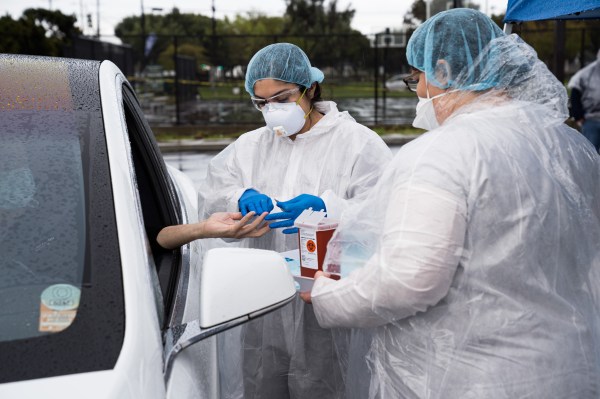


A new research study conducted by the University of Southern California along with the LA County Department of Public Health shows the existence of antibodies for COVID-19 in between 2.8 and 5.6%of the population of LA County, suggesting that between 221,000 and 442,000 individuals had the infection– up to 55 times more individuals than have actually been validated by means of screening. This is the second antibody study in a brief period of time in California that suspects infections are even more widespread than previously believed, and a good justification for continued social distancing procedures.
The LA County study does contain some good news, if the antibody screening proves to be precise (we aren’t totally sure what they show for sure at this point, especially in terms of resistance), because the mortality rate of the infection is actually much lower than the official identified case information would suggest. The infection rate found via antibody screening through the USC research study is likewise extremely near to the rate discovered in a Stanford study released last week about the number of infections in Santa Clara County, which found that between 48,000 and 81,000 individuals in that part of California could’ve had and recuperated from the infection.
Whereas the LA study discovered around 2.8 to 5.6%had antibodies, representing the margin of error and extrapolating from outcomes to the whole population, the Stanford research found between 2.5 and 4.2%of locals bring antibodies for the infection. Those numbers are based upon the test packages’ efficiency, as well as the market makeup of the sample population evaluated.
Neither brand-new research study documents have yet been peer-reviewed, so it deserves taking them with a grain of salt. The close positioning between the numbers in both, along with early outcomes from comparable studies being conducted globally, does seem to suggest that the number of real cases of COVID-19 far undershoots the published numbers, which normally just consist of verified diagnoses– many of which represent people showing moderate to serious symptoms.
The greater rate of undetected infection definitely need to not be taken as a sign that COVID-19 is less serious than it appeared, nevertheless; this new details just implies that its transmission from individuals who revealed no outward signs and subsequently never ever sought any healthcare or were identified for quarantine or contact tracing is probably a lot greater than anyone guessed.
That implies social distancing steps are more important than ever, as it’s likely harder than ever to identify who might be a passive carrier of the virus that results in COVID-19 without understanding it. Eventually, comprehending the nature of the spread should assist with refining steps to avoid the greatest prospective dangers of direct exposure, but for now, this new information simply suggests that COVID-19 is a lot more reliable at moving through a population without raising early indication than we formerly understood.




